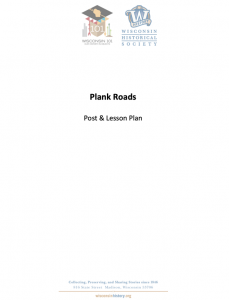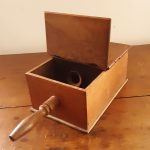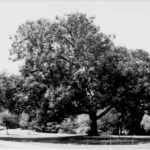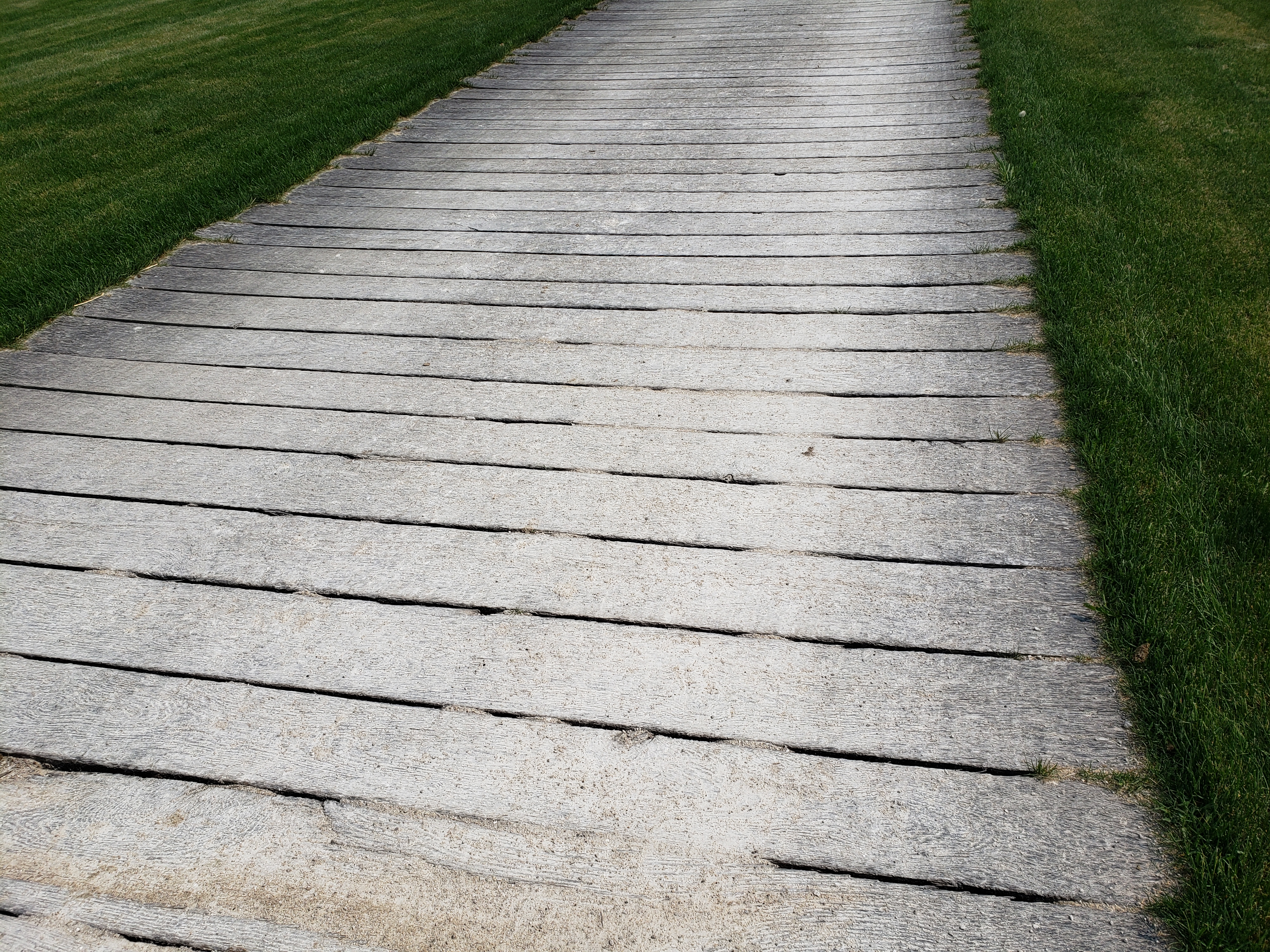 Imagine a Wisconsin without any roads. Do you think it would be hard to get around? Before the 1850s, Wisconsin did not have roads, at least not ones you would recognize. Most travel occurred on footpaths made by Native Americas or along rivers like the Milwaukee or Wisconsin. As more people moved to Wisconsin, settlers cut thick prairies and forests into roads. This was a lot of work for simple dirt paths. Even worse, these paths would turn into mud when it rained. Travelers had to wait for wet roads to dry or risk sinking into the sticky mud.
Imagine a Wisconsin without any roads. Do you think it would be hard to get around? Before the 1850s, Wisconsin did not have roads, at least not ones you would recognize. Most travel occurred on footpaths made by Native Americas or along rivers like the Milwaukee or Wisconsin. As more people moved to Wisconsin, settlers cut thick prairies and forests into roads. This was a lot of work for simple dirt paths. Even worse, these paths would turn into mud when it rained. Travelers had to wait for wet roads to dry or risk sinking into the sticky mud.
Early settlers began to think of new ways to connect towns. However, people disagreed on the best way. Some liked railroads. They were fast and reliable but expensive. The first railroad between Milwaukee and Waukesha, for instance, started working in 1851. Others caught wind of Canada’s successful plank roads. They heard these roads were better than dirt roads because travelers could carry heavier loads quicker, they were smoother to travel on, Wisconsin was filled with trees to make them, and they were cheaper than railroads.
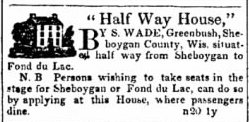
Additionally, plank roads were easy to make. Planks were laid down parallel with the dirt road. Then, longer and thicker planks were placed on top across the base planks. The edges of these planks were covered with dirt to keep them in place.
Building these wooden roads could also boost the economy as Wisconsin was full of woodlands. Creating wooden roads would make more work for lumberjacks and sawmills. It seemed that plank roads would benefit a lot of people, which is why many were interested in funding plank roads. However, the state government did not have the money to fund them with the lack of state funding a persistent problem.
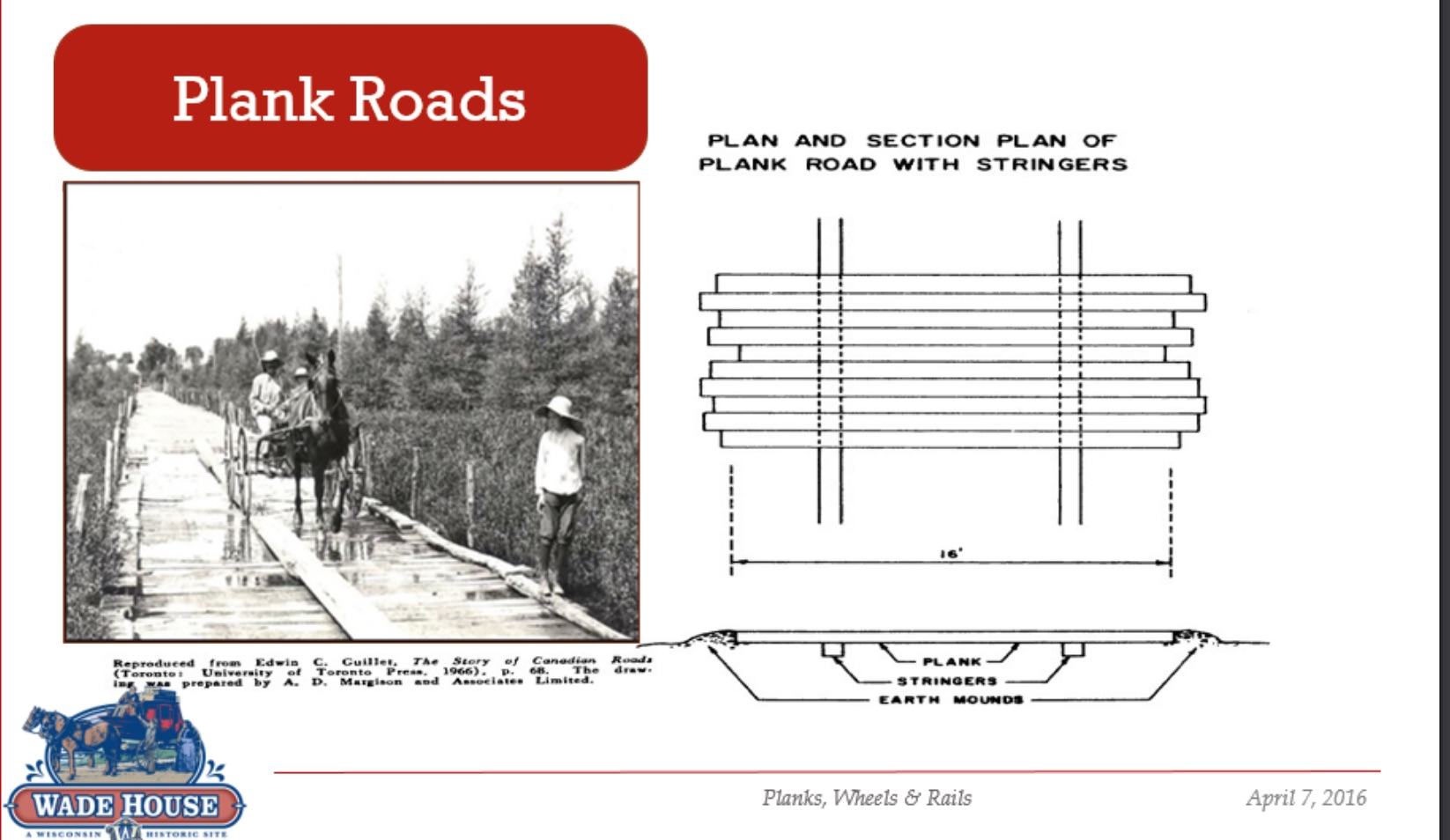
Hence, plank roads relied on private funding. Private funders were usually businessmen, looking for investments to make them money. One private funder was Sylvanus Wade. He played a big role in organizing and funding the plank road from Sheboygan to Fond du Lac. Wade acted as the plank road’s promoter, investor, and member of the Board of Directors. He likely helped fund the plank road because it would bring more people through his town.
Sylvanus Wade lived in Greenbush and ran the Wade House. The Wade House was a hotel, restaurant, dance hall, and public house. It was a great place to stop and get a meal cooked by Mrs. Wade, hear the local gossip, or to rest one’s head. Because Greenbush was half-way between Sheboygan and Fond du Lac, Sylvanus Wade thought tired travelers would stop at his establishment. Building a plank road seemed like a great business venture.
The road was funded by selling $25 shares of plank road company. The more shares one bought, the greater percentage of the profits one would get. Plank roads, as noted, were private roads. The owners placed toll booths on the road, and travelers had to pay to use the road. If the road was successful, Wade would get profits from people using it and staying at the Wade House.
Eventually, the Sheboygan to Fond du Lac plank road was paid for and completed in 1852. At first, the plank road worked well. It made the lives of farmers especially easier. During the harvest season, 200 wagons carried farming goods to market every day. It was a real improvement.
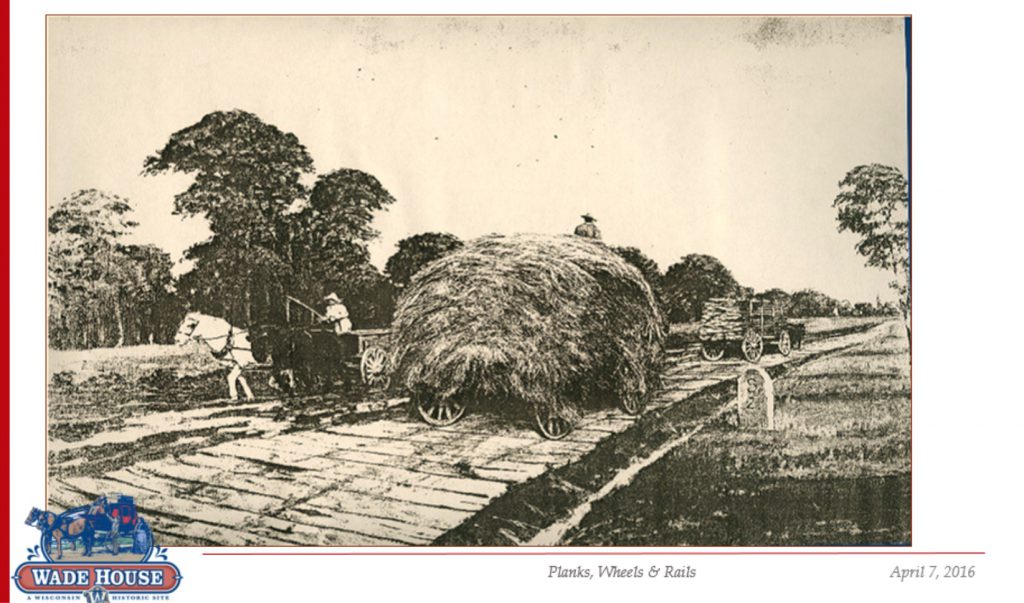
Unfortunately, it seems people did not consider the difference between Canada’s and Wisconsin’s climate. In Canada, the plank roads lasted around ten years. In Wisconsin, they lasted less than five. Hot summers and shorter winters made the wood rot. This paired with a high volume of travel from farmers and travelers meant that the roads needed serious repairs much sooner than expected. However, the roads did not make enough money to pay for the needed repairs. These repairs made plank roads pricy for their owners.
As a result, many owners stopped paying for repairs. When this happened, the state government took ownership of the roads, making them public roads. Some attempted to fix the rotting roads by filling them with dirt, but after twenty years, most of the roads had turned back into the dirt roads they replaced. The Sheboygan-Fond du Lac plank road, for example, was nearly dirt after only ten years.
For this reason, many Wisconsinites turned to the already established and popular railroads. Railroads in the end were preferred to plank roads because the plank roads needed too many repairs and the railroads were much faster. Railroads also attracted more money from investors, especially investors on the east coast who thought railroads were a better investment. Railroads benefited from more investment than the plank roads. Luckily for Wisconsin, the failure of plank roads did not negatively affect the state. Railroads proved to be successful, making trade easier in Wisconsin and across the nation.
Written by Michael DeLeers, September 2019.
Download Plank Roads Lesson Plan & Post
Return to Wade House Mini Tour
SOURCES
Pommer, Patricia Joy. “Plank Roads : a Chapter in the Early History of Wisconsin Transportation (1846-1871),” 1950.
Starling, Robert B. “THE PLANK ROAD MOVEMENT IN NORTH CAROLINA: PART I.” The North Carolina Historical Review 16, no. 1 (1939): 1-22. http://www.jstor.org/stable/23513946.
Wisconsin. Legislative Assembly. Council. Select Committee on Plank Roads. Report On Plank Roads, 1848.
